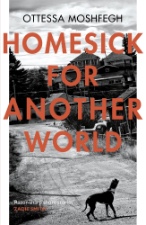The Dinner Herman Koch (Netherlands): 2009; translated by Sam Garrett, Hogarth, 2013.
I did not think I would enjoy this novel as it is immensely popular and most of my reading is of books which are not immensely popular. I was, however, surprised by how much I like The Dinner. The bulk of the action takes place over a dinner in a restaurant with two adult brothers and their wives as they plan to discuss the crime their two teenage boys have committed, The book is well written, fast-paced, and quite suspenseful. None of the characters are very likeable but that adds to the drama as it unfolds as one wonders, what are they going to do/say next?
The narrative also presents discussions throughout concerning morality, victims, the use of violence, and the self-deception we use to convince ourselves of our own health or the health of our relationships, although none of it in very great depth. While some may find the actions and philosophies of the characters, as well as the ending, off-putting, I found them to be a solid investigation and framework for discussion.









